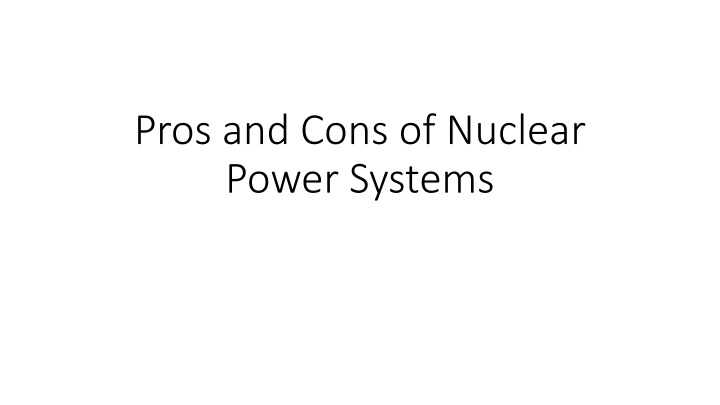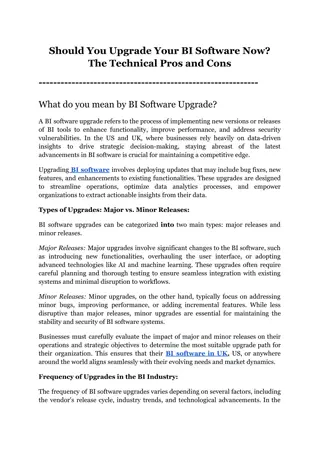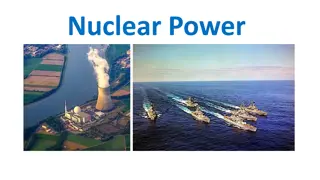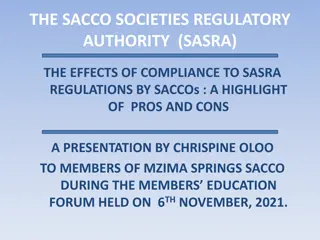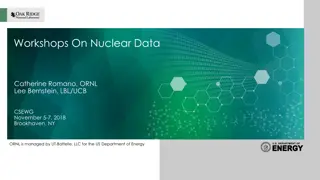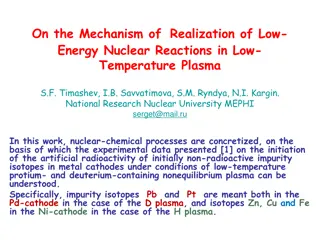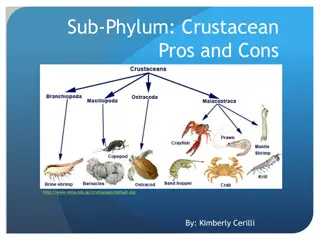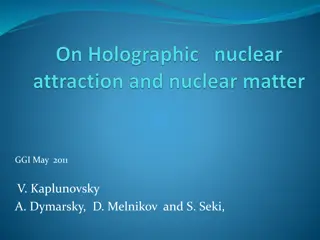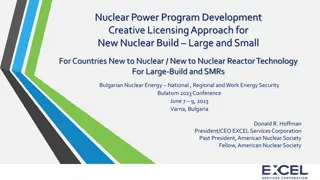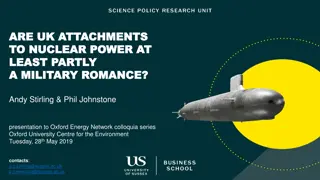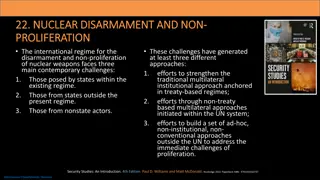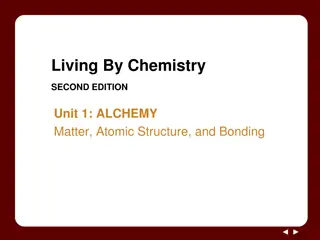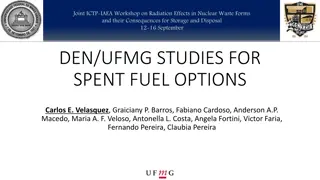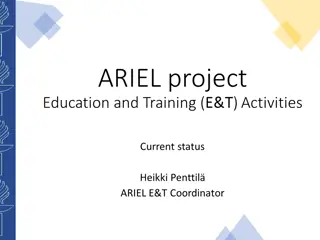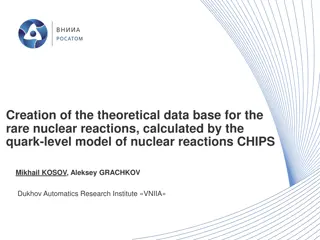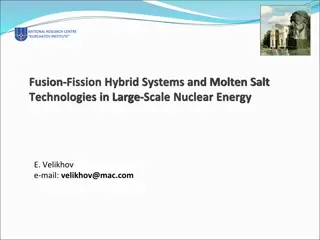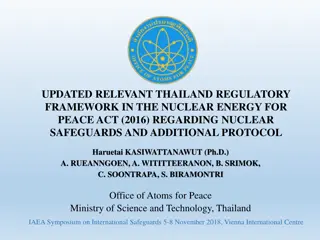Pros and Cons of Nuclear Power Systems - Key Insights
The discussion covers the advantages and drawbacks of nuclear power systems, including fission and fusion reactors. It examines factors such as cost, fuel availability, waste management, and public perception, providing a comprehensive overview for informed decision-making.
Download Presentation

Please find below an Image/Link to download the presentation.
The content on the website is provided AS IS for your information and personal use only. It may not be sold, licensed, or shared on other websites without obtaining consent from the author.If you encounter any issues during the download, it is possible that the publisher has removed the file from their server.
You are allowed to download the files provided on this website for personal or commercial use, subject to the condition that they are used lawfully. All files are the property of their respective owners.
The content on the website is provided AS IS for your information and personal use only. It may not be sold, licensed, or shared on other websites without obtaining consent from the author.
E N D
Presentation Transcript
Pros and Cons of Nuclear Power Systems
Pros of Fission Power Reactors Pros of Fission Power Reactors Pro Comments Dependable, dispatchable generation Major power source, reliably available 24/7 CO2 free once plant is built No CO2emissions during operation; nothing has to be burned. Abundant sources of fuel Fuel supply more than adequate for years to come, especially if we recycle used fuel Low fuel cost of generation Actual cost of fuel low and small percentage of overall operating cost All its emissions are contained Used nuclear fuel and radioactive wastes from maintenance are carefully managed and not freely released to environment Small modular reactors can be deployed in a few years Large, complex reactors take years to build; smaller units optimized for factory fabrication will be available much more quickly.
Cons of Fission Power Reactors Cons of Fission Power Reactors Cons Comments High capital cost Capital cost depends on size, complexity, time to build and interest rate. Small modular plants reduce capital cost Used fuel disposal Presently, used fuel is stored on plant site in cooling pools and in large shielded casks. Reprocessing and burnup in fast reactors will manage long-lived wastes. Fission products will decay in a few hundred years. High decommissioning cost Other than used fuel, what is left is activated structures will relatively short half-lives. Certainly harder to decommission a reactor than to disassemble a factory Public opposition Public education is necessary. Climate change requires revisiting opposition Relatively long time to build. Licensing may further delay. Small modular reactors, with factory fabrication and plant simplification will reduce build time for nth of a kind
Pros of Fusion Power Systems Pros Comment No fission products. Limited number of radioactive materials that must be dealt with Limited radioactivity Fusion reactors become radioactive but there are relatively small amounts of material to dispose of and the half-lives are relatively short. Designers can choose materials that get activated. Fuel is extremely plentiful Hydrogen and deuterium There is no chance of a runaway power excursion that I can see. Failures in systems will lead to system shutdown. Heat produced is at high temperature Designs can use a high temperature heat transfer system. Heat could be used to generate power efficiently and for industrial purposes.
Cons With Fusion Power Systems Cons With Fusion Power Systems Cons Comment Achieving fusion conditions takes a lot of power Requires extremely high temperature in operating volume. There are all sorts of instabilities in the plasma that carry away energy. It is hard. Requires breeding tritium for fuel Most viable fusion systems fuse deuterium (which is a rare isotope of hydrogen that is naturally occurring) and tritium (a heavy isotope of hydrogen that must be produced). Tritium must be bred within the fusion system. Can breed tritium from lithium in blanket Neutron damage to fusion reactor structures requires periodic replacement. Systems must be designed to replace such parts Some reactor structures become radioactive Radioactivity is relatively short-lived Major development still required Fusion test devices have demonstrated net energy gain so far but for short periods. Lots of engineering required for a complete power system. Tritium must be managed Tritium is extra-heavy hydrogen. Hydrogen hard to confine. However, tritium decay produces low energy
Final Thoughts Final Thoughts Climate change is real and demands all of us drastically change how we generate and use energy. The challenge is worldwide. Fossil fuels provide enormous energy and are the basis for our present high standard of living in developed countries. Roughly half of the electricity being generated on earth comes from burning coal. There are serious environmental consequences of that apart from global warming. The magnitude of the problem is hard to grasp. Minor improvements may be helpful but we need major energy sources as well as energy efficiency improvements. The shift to green energy should be part of a larger movement to live sustainably on earth. Nuclear energy must be part of the solution.
